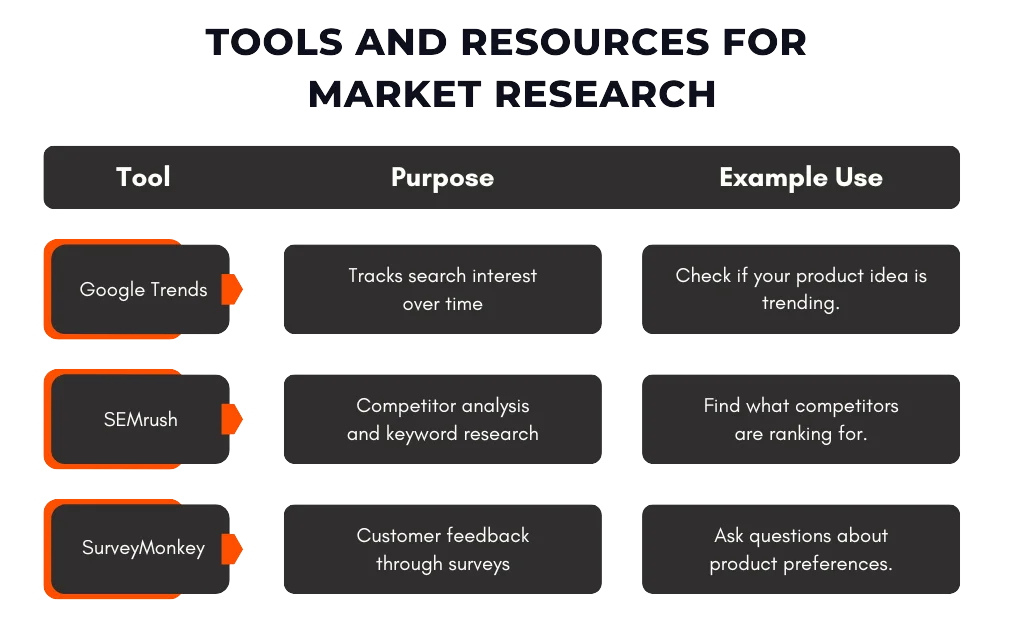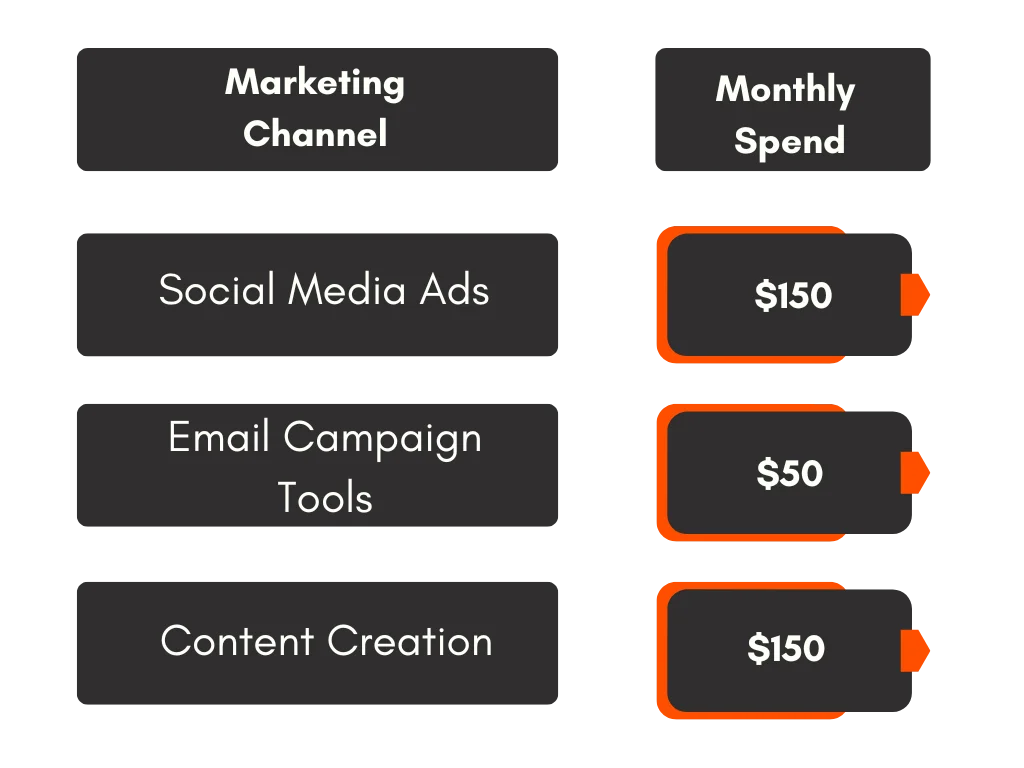
HAVE ANY PROJECT IN MIND?
Introduction
Small businesses are the foundation of a healthy economy. They create jobs, drive innovation, and build vibrant communities. Starting your own business, however, can be intimidating. Many questions arise: Where do I begin? How do I choose the right idea? How do I manage finances?
This guide will answer these questions and more, helping you transform your business idea into a successful venture. Drawing on insights and personal experiences from Ashar Malik, owner of
Easy Aiz, this guide provides a step-by-step approach to navigate the challenges of entrepreneurship.
“Starting a business can feel overwhelming, but with the right mindset, strategy, and persistence, success is within reach.” – Ashar Malik
Step 1: Prepare Your Mindset for Entrepreneurship
Starting a business is as much a mental challenge as it is a practical one. Your mindset will influence how you respond to setbacks, manage risks, and make decisions.
Why Mindset Matters
Entrepreneurship involves uncertainty, and it’s common to face challenges like financial stress, competition, or even self-doubt. Having a strong mindset ensures you can tackle these issues with confidence and resilience.
Key traits of a successful entrepreneur include:
- Resilience: The ability to recover quickly from setbacks.
- Adaptability: Being flexible and open to changing your plans when circumstances shift.
- Optimism: Believing in your ability to succeed despite challenges.
- Openness to Learning: A willingness to continually gain knowledge and improve.
Practical Strategies to Develop an Entrepreneurial Mindset
- Set Clear Goals: Know what you want to achieve and break it down into manageable steps.
- Reframe Failures: Treat mistakes as learning opportunities. For example, if a marketing campaign doesn’t work, analyze what went wrong and improve.
- Practice Positive Self-Talk: Replace thoughts like, “I can’t do this,” with, “I can learn how to do this.”
- Learn from Others: Read stories of entrepreneurs, attend networking events, or find a mentor who can guide you.
Step 2: Identify Your Business Idea and Niche
Every successful business starts with a solid idea that solves a specific problem or fulfills a need. To come up with your business idea, you need to look inward (your skills and interests) and outward (market demands and customer pain points).
How to Identify Your Business Idea
Self-Assessment: Start by listing your passions, skills, and experiences. What do you enjoy doing? What are you good at?
- Example: If you’re skilled at baking and enjoy it, you might explore a bakery or custom cake business.
Look for Market Gaps: Identify unmet needs in the market.
- Example: If your area lacks affordable pet grooming services, this could be an opportunity.
Validate Your Idea: Once you have an idea, test it to ensure there’s demand.
- Talk to potential customers and get feedback.
- Observe competitors. What are they doing well, and what could you do better?
Ashar Malik’s Example
Ashar Malik identified a gap in his market: a lack of accessible business consulting services for small businesses. By leveraging his expertise and passion for entrepreneurship, he created Easy Aiz, which addressed this need.
Step 3: Conduct Thorough Market Research
Market research is about understanding your customers, competitors, and industry. It helps you make informed decisions and ensures your business idea is viable.
Steps for Conducting Market Research
Understand Your Target Audience:
- Create a profile of your ideal customer, including their age, income, preferences, and challenges.
- Example: If your business idea involves eco-friendly products, your target audience might include environmentally conscious millennials.
Analyze Competitors:
- Study your competitors’ strengths and weaknesses.
- Ask: What are they doing right? What gaps can you fill?
- Tools like SEMrush or similar platforms can help analyze competitor strategies.
Conduct Surveys and Interviews:
- Ask potential customers directly what they want or need. Tools like Google Forms or SurveyMonkey are easy ways to collect data.

Why It Matters
Market research ensures you don’t waste time and money on an idea that doesn’t have demand. It also helps you position your product effectively by addressing customer needs directly.
Step 4: Create a Solid Business Plan
A business plan is the foundation of your business. It outlines your goals, strategies, and how you intend to achieve them. Even if you don’t plan to seek investors, a well-thought-out plan acts as a roadmap for your entrepreneurial journey.
What is a Business Plan?
A business plan is a document that details your business idea, market analysis, operational structure, and financial goals. It’s essentially your strategy on paper.
Why You Need a Business Plan
- Clarity: It forces you to think through every aspect of your business.
- Funding: Investors and banks will want to see your plan before providing financial support.
- Guidance: It helps you stay on track as you grow your business.
Key Elements of a Business Plan
- Executive Summary: A brief overview of your business idea, mission, and goals.
- Market Analysis: Insights into your target market and competitors.
- Business Model: Explain how your business will make money.
- Example: Will you earn revenue through direct sales, subscriptions, or advertising?
- Marketing and Sales Strategy: Describe how you’ll attract and retain customers.
- Financial Projections: Include expected costs, revenue, and profit margins.
Example Table:
- Milestone: Break your goals into smaller, achievable steps.
- Example: Launch website by Month 3, reach 100 customers by Month 6.
Tip from Ashar Malik
“A business plan isn’t just for investors; it’s your strategic map for success.”
Step 5: Legal and Administrative Setup
Getting the legal and administrative aspects right from the beginning saves you from future headaches. It’s crucial for protecting your business, avoiding penalties, and operating smoothly.
Choosing the Right Business Structure
- Sole Proprietorship: Simplest structure; you’re personally responsible for all debts.
- Best for: Freelancers, consultants, or small businesses with minimal risk.
- Limited Liability Company (LLC): Protects personal assets from business debts.
- Best for: Small to medium-sized businesses.
- Corporation: Separate legal entity; offers the highest level of protection but is more complex.
- Best for: Larger businesses with investors.
Registering Your Business
- Business Name: Choose a unique and memorable name. Check for trademarks and domain availability.
- Permits and Licenses: Requirements vary by industry and location. Common permits include:
- Health permits (for food businesses).
- Zoning permits (for retail spaces).
- Tax IDs: Register for an Employer Identification Number (EIN) with the IRS (if in the U.S.).
Protecting Your Business
- Trademark Your Brand: Protect your logo, slogan, or business name.
- Contracts: Use written agreements with partners, suppliers, or clients.
- Insurance: Get coverage for liability, property, or other specific risks.
Step 6: Build Your Brand Identity
Your brand is what sets you apart from competitors. A strong brand identity builds trust and recognition, even when you’re starting on a small budget.
What is a Brand Identity?
Brand identity encompasses everything from your logo and colors to the way you communicate with customers. It’s how people perceive your business.
Steps to Build a Memorable Brand
- Define Your Brand Values: What does your business stand for?
- Example: If you sell eco-friendly products, sustainability might be your core value.
- Create a Unique Brand Story: Share your journey or mission in a way that resonates with your audience.
- Example: “Our business started in a small garage with a vision to make pet care accessible to everyone.”
- Design Visual Elements: Develop a professional logo, choose brand colors, and create a consistent style for your website and marketing materials.
Low-Cost Branding Tips
- Use online tools like Canva to design logos and social media posts.
- Share behind-the-scenes stories or customer testimonials to humanize your brand.
Ashar Malik’s Take
“A strong brand builds trust and establishes credibility, even on a budget.”
Step 7: Set Up Your Online Presence
In today’s digital age, having an online presence is non-negotiable for any business. It’s how customers find you, learn about your offerings, and build trust in your brand.
Why an Online Presence Matters
- Accessibility: Customers can find your business 24/7.
- Credibility: A professional website makes your business appear legitimate.
- Reach: You can market to a global audience with minimal costs.
Steps to Create Your Online Presence
Build a Website:
- Choose a domain name (yourbusinessname.com).
- Use website builders like Wix, Squarespace, or WordPress if you’re not tech-savvy.
- Include essential pages like:
- Home: Overview of your business.
- About Us: Share your story and mission.
- Products/Services: Showcase what you offer.
- Contact: Provide an easy way for customers to reach you.
Add E-commerce Functionality:
- If you sell products, integrate a shopping cart and payment gateway. Popular platforms include Shopify and WooCommerce.
- Example Table:

Leverage Social Media:
- Platforms like Instagram, Facebook, and LinkedIn help build brand awareness.
- Post regularly, engage with followers, and use hashtags to expand your reach.
Optimize for SEO (Search Engine Optimization):
- Use relevant keywords to help your website rank on Google.
- Example: If you sell organic skincare, include keywords like “organic skincare products” on your site.
Ashar Malik’s Success Story
Ashar built an integrated online presence using a simple WordPress website and active social media profiles. This allowed him to reach customers efficiently and build credibility in his niche.
Step 8: Funding and Financial Management
Money is the lifeblood of any business. Managing it wisely can determine whether your venture thrives or struggles.
How to Fund Your Business
Bootstrap (Self-Funding):
- Start with personal savings or small investments.
- Ashar Malik began his business with minimal investment, reinvesting profits to grow.
Seek Small Business Loans:
- Approach local banks or credit unions for startup loans.
- Research government programs that offer grants or low-interest loans to small businesses.
Crowdfunding:
- Platforms like Kickstarter or GoFundMe allow you to raise funds from the public in exchange for rewards or equity.
Attract Investors:
- Present your business plan to potential investors who may provide funding in exchange for equity.
Financial Management Basics
Separate Personal and Business Finances:
- Open a dedicated business bank account.
- Use accounting software like QuickBooks or Wave to track income and expenses.
Monitor Cash Flow:
- Ensure your income covers expenses.
- Example: If your monthly revenue is $5,000 and expenses are $3,000, your cash flow is positive.
Reinvest in Growth:
- Instead of withdrawing profits early, reinvest in marketing, hiring, or new product development.
Step 9: Develop a Marketing and Sales Strategy
No matter how great your product or service is, it won’t succeed unless people know about it. Marketing and sales strategies are how you attract and retain customers.
Creating a Marketing Plan from Scratch
Know Your Target Audience:
- Define who your ideal customer is (age, income, interests).
- Example: A fitness app might target young adults aged 18-30 interested in wellness.
Choose the Right Channels:
- Social Media: Platforms like Instagram and TikTok are ideal for visual and engaging content.
- Email Marketing: Build a subscriber list and send regular updates or offers.
- Content Marketing: Create blog posts, videos, or tutorials that provide value to your audience.
Set a Budget:
- Allocate funds for paid ads, content creation, and tools.
- Example Budget:

Sales Strategies for Beginners
- Offer Discounts: Attract initial customers with limited-time discounts or free trials.
- Leverage Referrals: Reward existing customers for bringing in new ones.
- Use Analytics: Tools like Google Analytics or Facebook Insights can help track campaign performance and optimize your approach.
Ashar Malik’s Approach
Ashar used a mix of content marketing, social media, and targeted email campaigns to grow Easy Aiz. Tracking his efforts with tools like SEMrush allowed him to refine his strategies and maximize returns.
Step 10: Protect and Scale Your Business
As your business grows, it’s crucial to safeguard it from risks and prepare for sustainable scaling. This involves insuring your business, reinvesting profits, and expanding strategically.
How to Protect Your Business
Get the Right Insurance:
- Protect against unexpected events like lawsuits, accidents, or natural disasters. Common types of business insurance include:
- General Liability Insurance: Covers accidents and injuries.
- Property Insurance: Protects your equipment, inventory, and workspace.
- Data Breach Insurance: Essential for businesses that handle sensitive customer information.
- Protect against unexpected events like lawsuits, accidents, or natural disasters. Common types of business insurance include:
Secure Your Digital Presence:
- Use strong passwords and two-factor authentication for online accounts.
- Regularly update software to prevent cyberattacks.
Legal Safeguards:
- Create clear contracts with suppliers, clients, and employees.
- Stay compliant with tax regulations and local business laws.
Scaling Your Business Strategically
Reinvest Profits:
- Use a portion of your earnings to improve products, hire talent, or enhance marketing efforts.
Expand into New Markets:
- Research new customer segments or geographic regions.
- Example: If you sell eco-friendly products locally, explore selling online to reach a wider audience.
Increase Production Capacity:
- If demand is growing, invest in better equipment or partnerships to fulfill larger orders.
Build a Strong Team:
- Hire people who align with your business values and can help take your business to the next level.
Ashar Malik’s Key Insight
“Protecting your business with the right insurance is critical. Scaling strategically ensures long-term success.”
Overcoming Challenges as an Entrepreneur
Every entrepreneur faces obstacles, but the ability to adapt and problem-solve is what leads to growth. Here’s how to navigate common challenges:
Financial Challenges
Cash Flow Issues:
- Create a budget and stick to it.
- Negotiate payment terms with suppliers to improve cash flow.
Access to Funding:
- Explore grants or small business loans if additional capital is needed.
- Maintain good financial records to build credibility with lenders.
Customer Retention Challenges
- Focus on Quality: Deliver consistently high-quality products or services.
- Listen to Feedback: Regularly gather customer input and make improvements.
Market Competition
- Differentiate Your Brand: Highlight what makes you unique, such as superior customer service or innovative products.
- Stay Innovative: Continuously improve and introduce new offerings to stay ahead.
Conclusion
Starting a business from scratch is a challenging yet rewarding journey. It requires determination, strategic planning, and adaptability. Each step, from developing your mindset to scaling your business, builds a foundation for long-term success.
Encouragement from Ashar Malik
“Success doesn’t happen overnight. It’s the result of persistence, learning from failures, and always striving to meet your customers’ needs. Take the first step today, and let your journey begin.”
